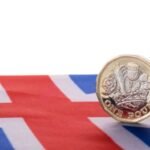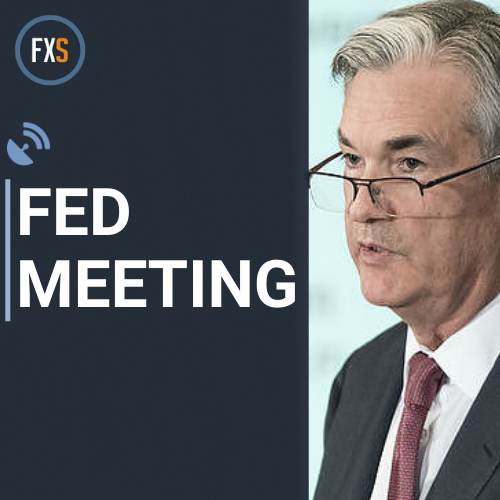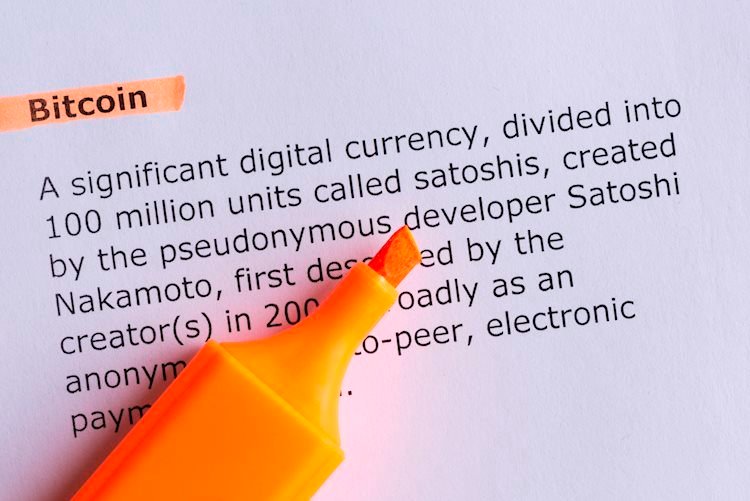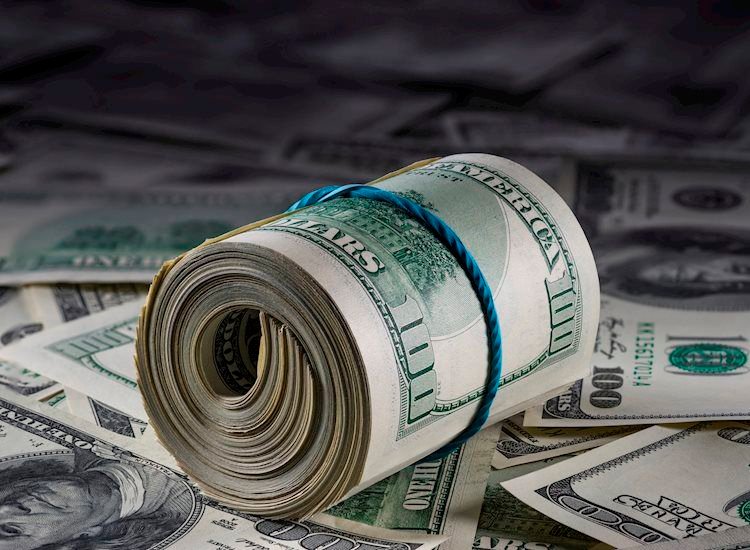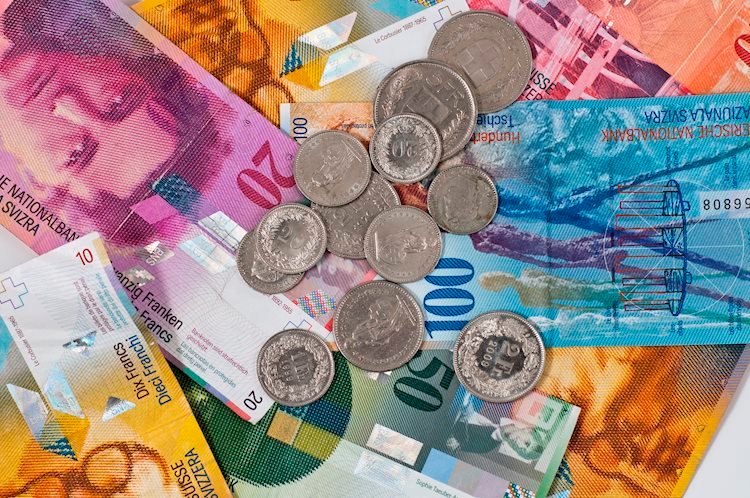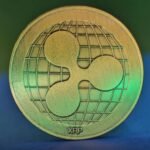- The Federal Reserve is widely expected to lower the policy rate after Donald Trump won the US presidential election.
- Fed Chairman Powell’s remarks could provide important clues about the rate outlook.
- The US Dollar rally could lose steam in case the Fed leaves the door open for another rate cut in December.
The US Federal Reserve (Fed) will announce monetary policy decisions following the November policy meeting on Thursday, just barely two days after Donald Trump was elected as the 47th president of the United States. Market participants widely anticipate that the US central bank will lower the policy rate by 25 basis points (bps) to the range of 4.5%-4.75%.
The CME FedWatch Tool shows that investors are fully pricing in a 25 bps cut, while there is a nearly 70% probability of another rate reduction in December. The market positioning suggests that the US Dollar (USD) faces a two-way risk heading into the event.
Donald Trump’s victory in the presidential election triggered a rally in the US Treasury bond yields and boosted the USD on Wednesday. Additionally, Republicans gained the majority in the Senate and looked on track to control the House, paving the way for faster implementation of policies.
Assessing the outcome of the election, “Republican clean sweep makes it significantly easier to implement full policy agenda. Risks very firmly tilted to the downside for US and global economic growth and to the upside for US inflation,” said ABN Amro analysts in a recently published report.
“While Fed policy could be tighter than our current base line, the ECB could cut rates faster. Republican sweep sets the stage for US-European rates divergence. Parity for EUR/USD could be on the cards,” they added.
Economic Indicator
FOMC Press Conference
The press conference is about an hour long and has two parts. First, the Chair of the Federal Reserve (Fed) reads out a prepared statement, then the conference is open to questions from the press. The questions often lead to unscripted answers that create heavy market volatility. The Fed holds a press conference after all its eight yearly policy meetings.
Read more.
Next release: Thu Nov 07, 2024 19:30
Frequency: Irregular
Consensus: –
Previous: –
Source: Federal Reserve
When will the Fed announce its interest rate decision and how could it affect EUR/USD?
The US Federal Reserve is scheduled to announce its interest rate decision and publish the monetary policy statement on Thursday at 19:00 GMT. This will be followed by Fed Chairman Jerome Powell’s press conference starting at 19:30 GMT.
A 25 bps rate cut is unlikely to trigger a significant market reaction because this decision is already priced-in. But investors will pay close attention to comments from Chair Powell in the post-meeting press conference, which could be more market-moving.
In case Powell leaves the door open for one more 25 bps rate cut in December, the immediate reaction could hurt the USD. Powell will surely be asked about the potential impact of proposed Trump policies on the inflation and growth outlook. The Chairman is likely to refrain from commenting on these issues and reiterate the data-dependent approach to policymaking, regardless of the winner of the election.
If Powell voices concerns over the potential impact of tariffs on inflation expectations, this could be seen as a sign that the US central bank could take its time to ease the policy further. In this scenario, the USD could extend its weekly rally and cause EUR/USD to stretch lower.
Nevertheless, it’s too early for policymakers to assess the potential changes to the monetary policy due to proposed policies during the campaigning period. In December, the Fed will publish the revised Summary of Projections and that publication is likely to provide more useful information on what officials expect from the economy under the Trump administration.
Eren Sengezer, European Session Lead Analyst at FXStreet, provides a short-term technical outlook for EUR/USD:
“EUR/USD remains technically bearish following the sharp decline seen on Wednesday. The Relative Strength Index (RSI) indicator on the daily chart stays slightly above 30, suggesting that the pair has more room on the downside before turning technically oversold.”
“On the downside, static support seems to have formed at 1.0700 before 1.0600 (static level from April) and 1.0500 (static level from October 2023, round level). In case EUR/USD gathers recovery momentum on a dovish Fed tone, it could face strong resistance at 1.0870, where the 200-day Simple Moving Average (SMA) is located. Technical buyers could take action once the pair flips that level into support. In this scenario, the 100-day SMA coils be seen as next hurdle at 1.0940 before 1.1000 (static level, round level).”
Central banks FAQs
Central Banks have a key mandate which is making sure that there is price stability in a country or region. Economies are constantly facing inflation or deflation when prices for certain goods and services are fluctuating. Constant rising prices for the same goods means inflation, constant lowered prices for the same goods means deflation. It is the task of the central bank to keep the demand in line by tweaking its policy rate. For the biggest central banks like the US Federal Reserve (Fed), the European Central Bank (ECB) or the Bank of England (BoE), the mandate is to keep inflation close to 2%.
A central bank has one important tool at its disposal to get inflation higher or lower, and that is by tweaking its benchmark policy rate, commonly known as interest rate. On pre-communicated moments, the central bank will issue a statement with its policy rate and provide additional reasoning on why it is either remaining or changing (cutting or hiking) it. Local banks will adjust their savings and lending rates accordingly, which in turn will make it either harder or easier for people to earn on their savings or for companies to take out loans and make investments in their businesses. When the central bank hikes interest rates substantially, this is called monetary tightening. When it is cutting its benchmark rate, it is called monetary easing.
A central bank is often politically independent. Members of the central bank policy board are passing through a series of panels and hearings before being appointed to a policy board seat. Each member in that board often has a certain conviction on how the central bank should control inflation and the subsequent monetary policy. Members that want a very loose monetary policy, with low rates and cheap lending, to boost the economy substantially while being content to see inflation slightly above 2%, are called ‘doves’. Members that rather want to see higher rates to reward savings and want to keep a lit on inflation at all time are called ‘hawks’ and will not rest until inflation is at or just below 2%.
Normally, there is a chairman or president who leads each meeting, needs to create a consensus between the hawks or doves and has his or her final say when it would come down to a vote split to avoid a 50-50 tie on whether the current policy should be adjusted. The chairman will deliver speeches which often can be followed live, where the current monetary stance and outlook is being communicated. A central bank will try to push forward its monetary policy without triggering violent swings in rates, equities, or its currency. All members of the central bank will channel their stance toward the markets in advance of a policy meeting event. A few days before a policy meeting takes place until the new policy has been communicated, members are forbidden to talk publicly. This is called the blackout period.






